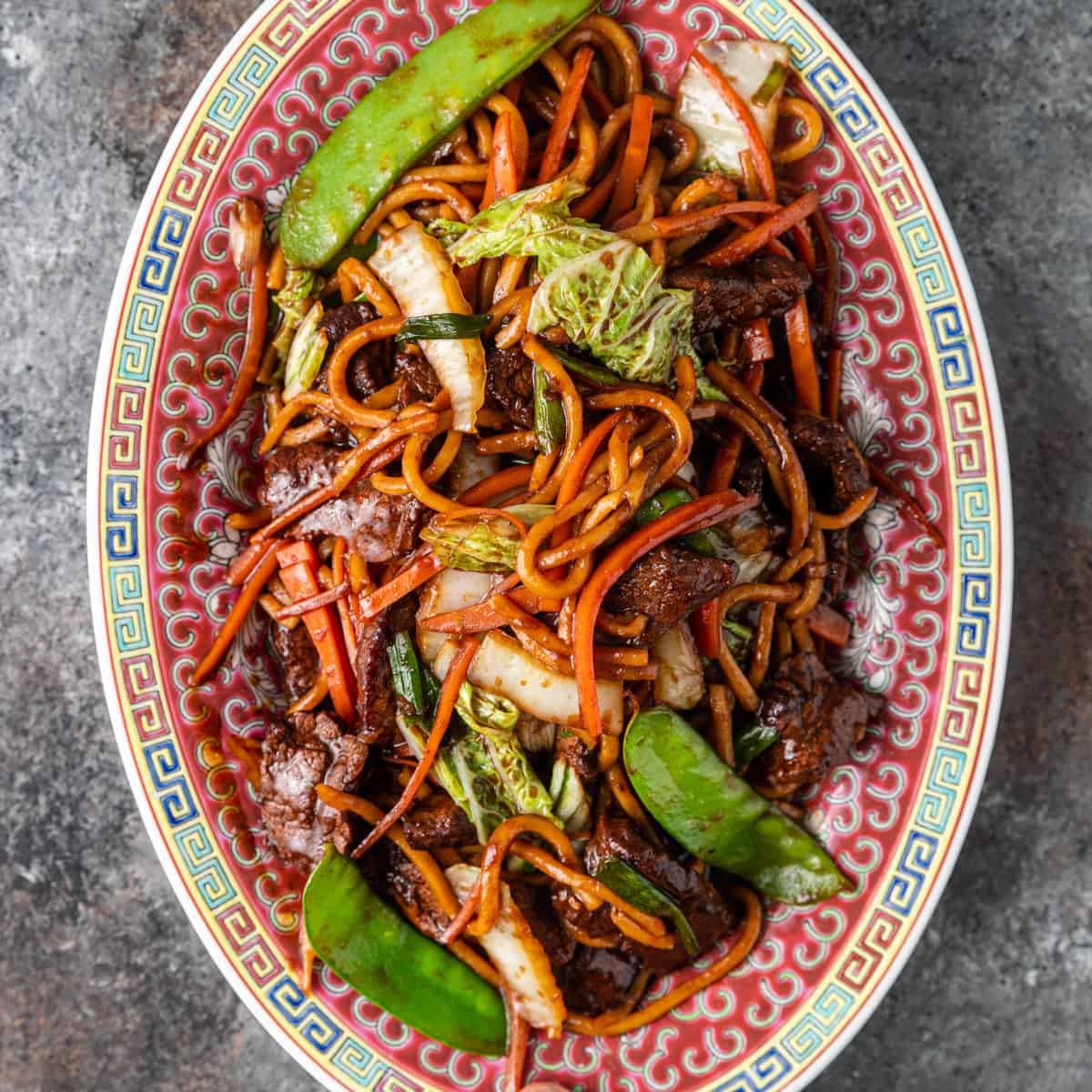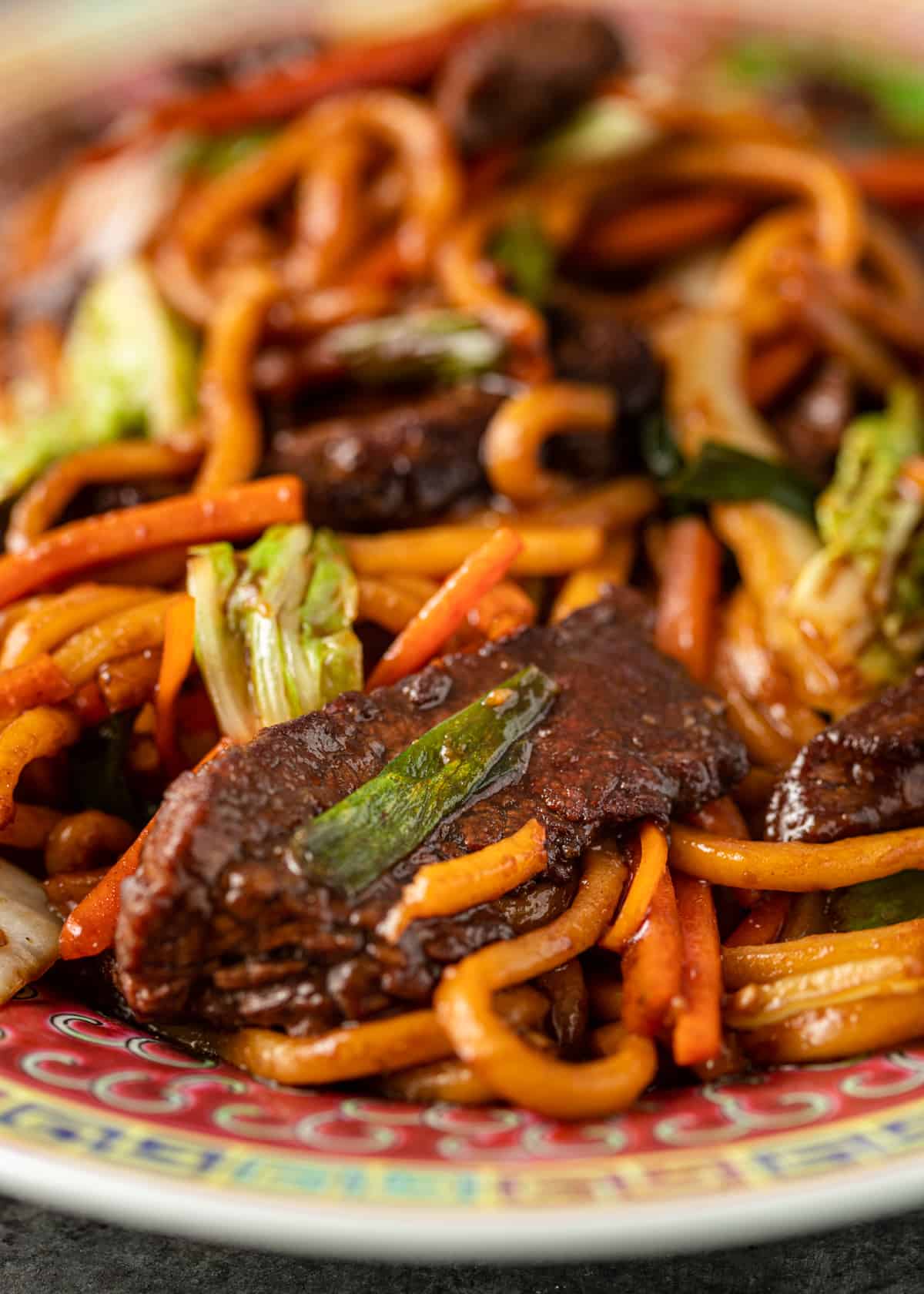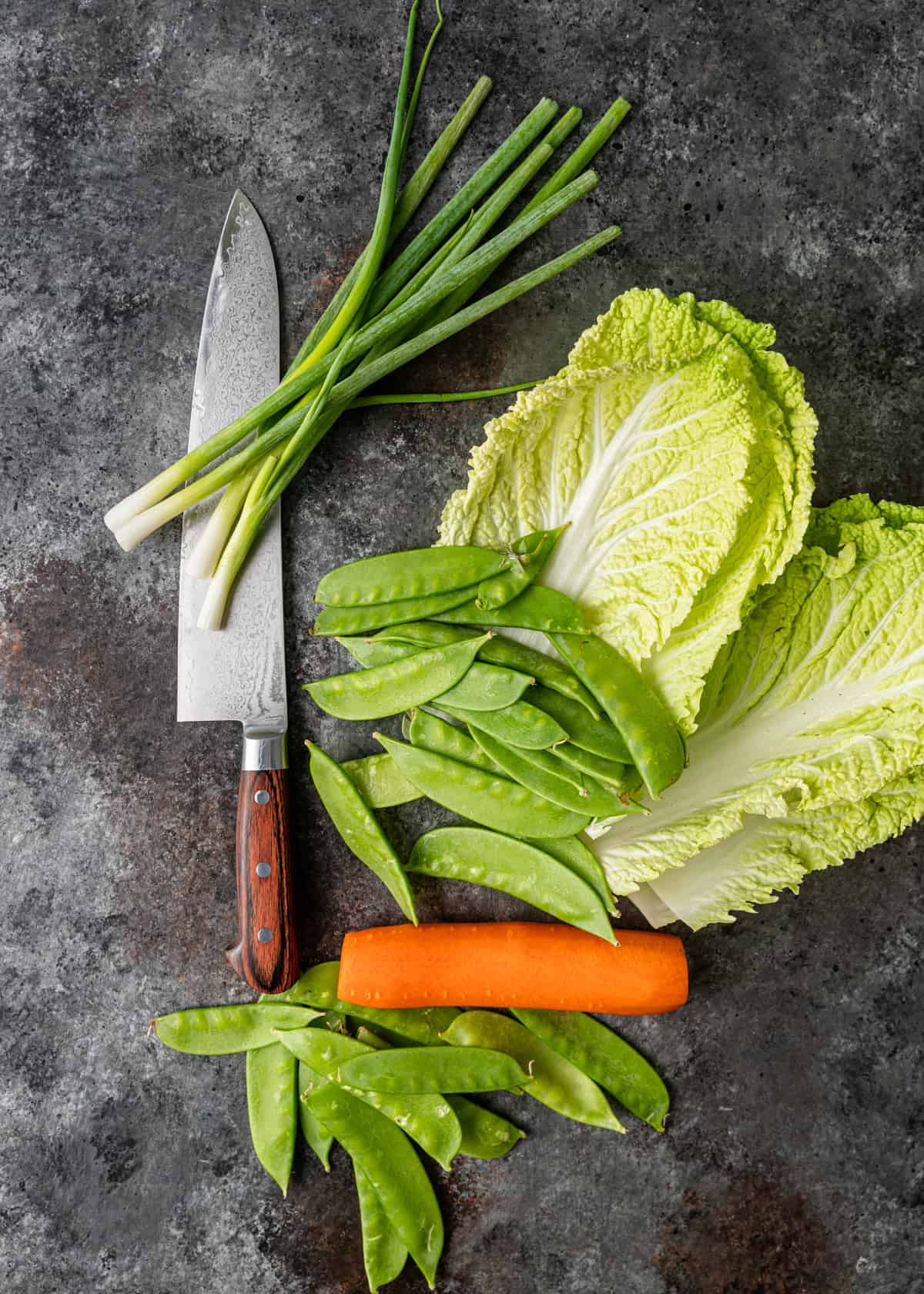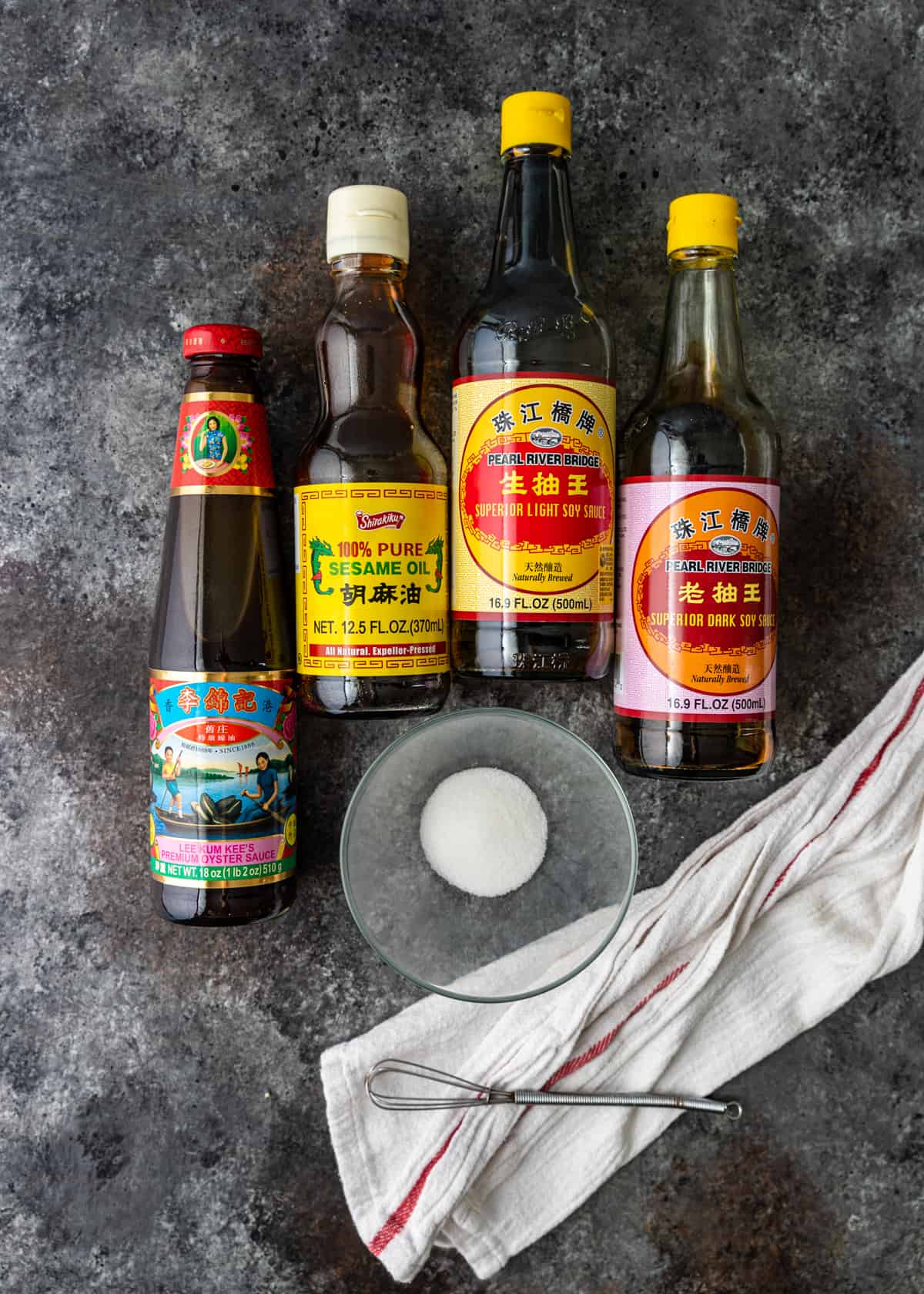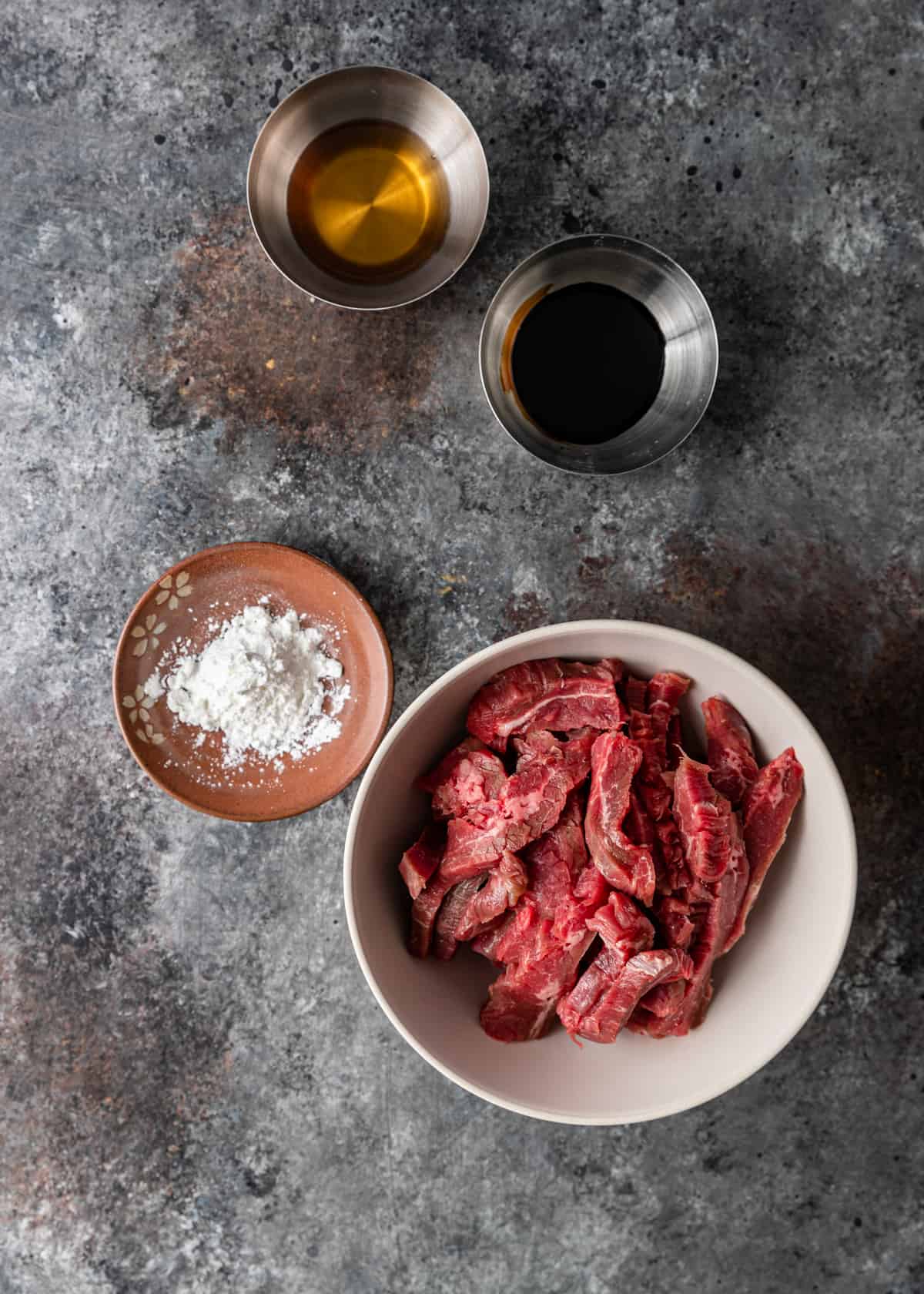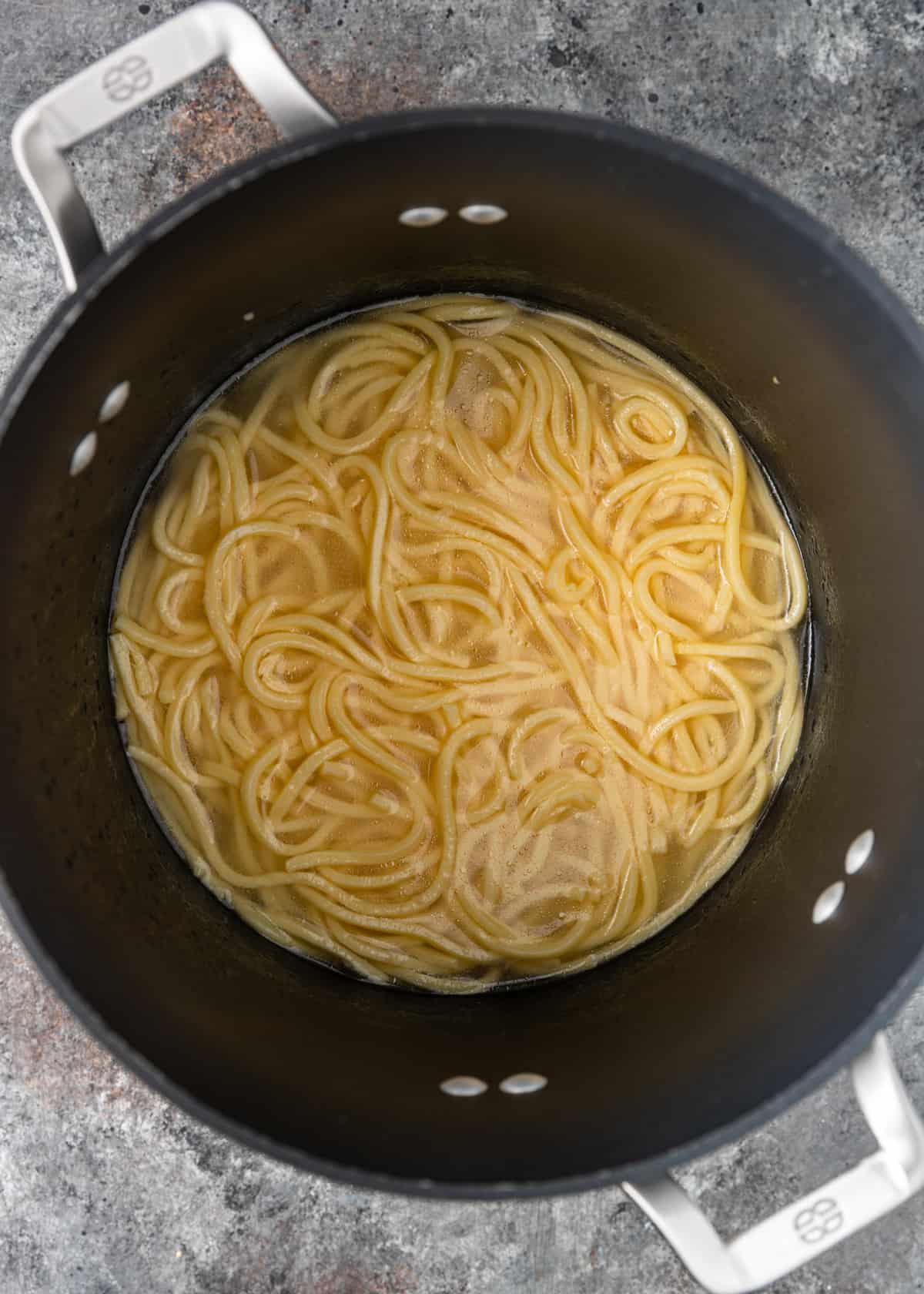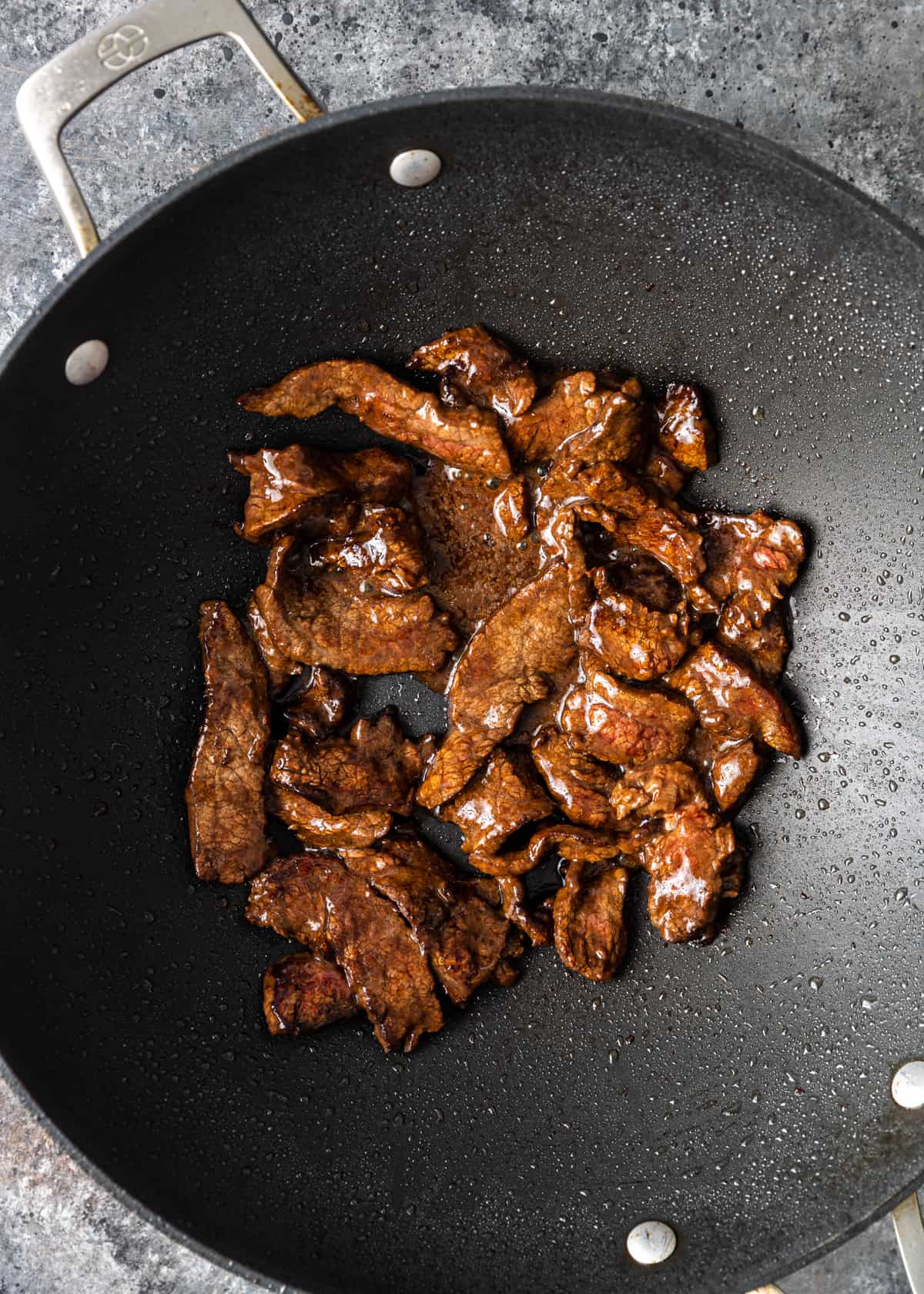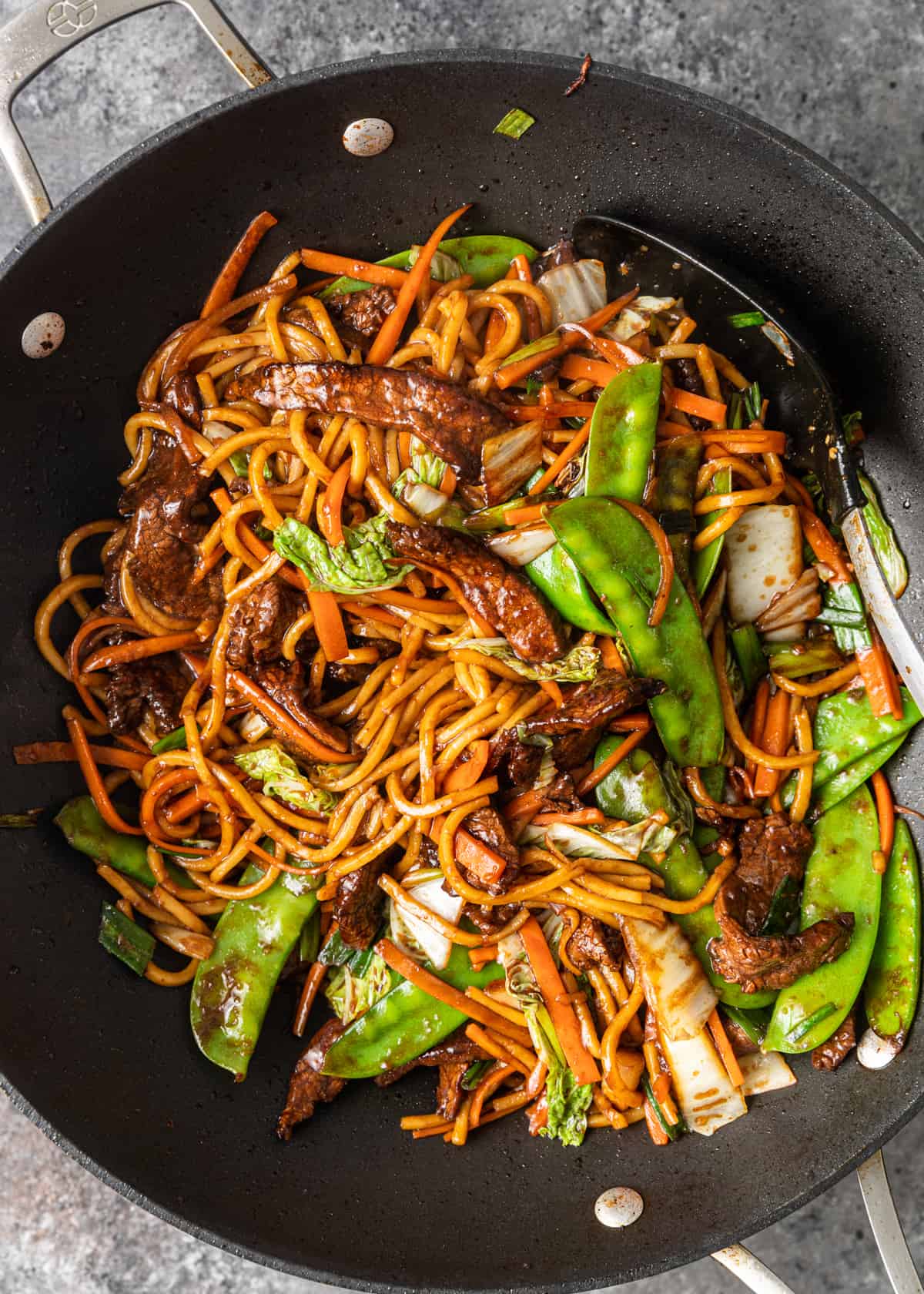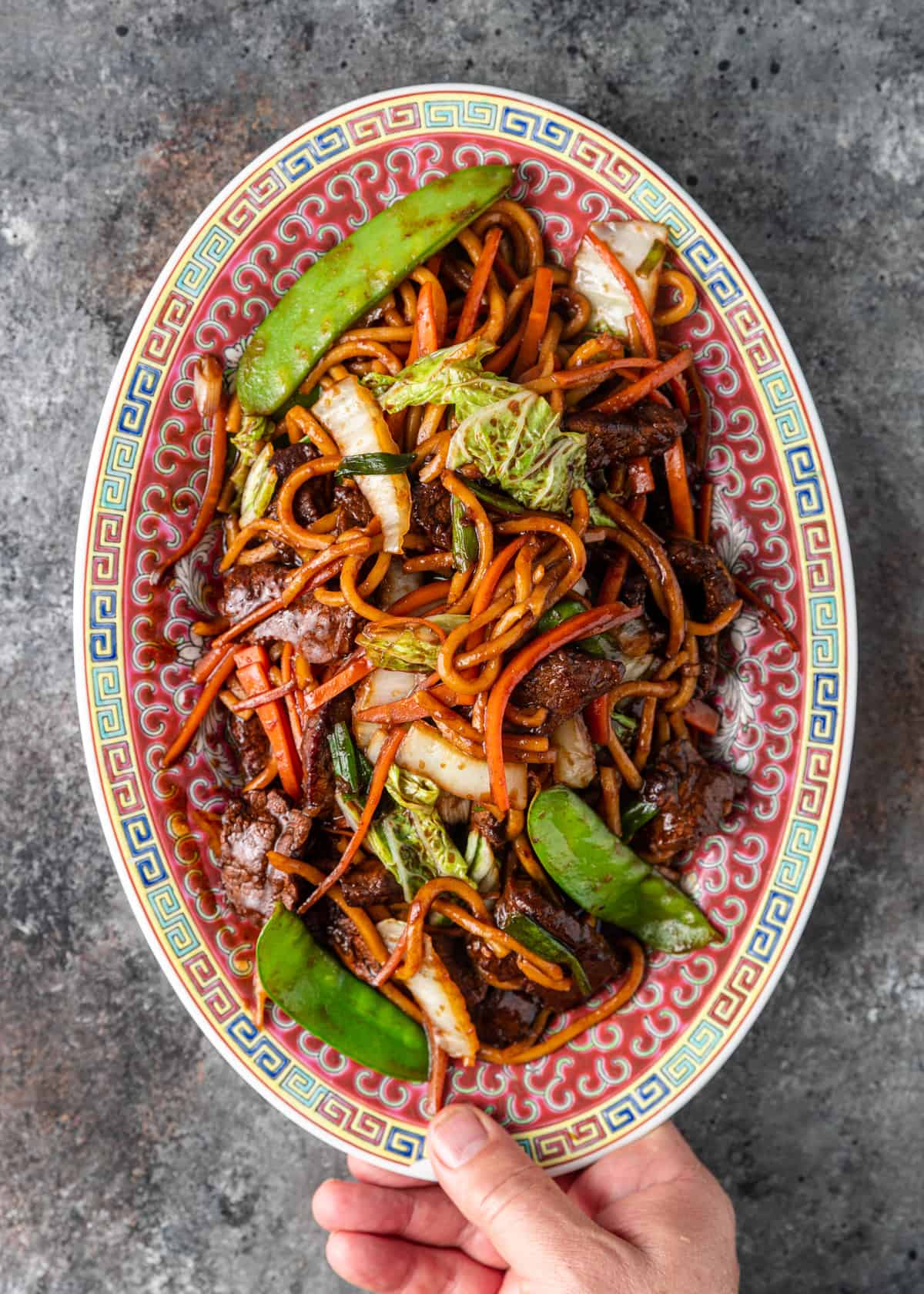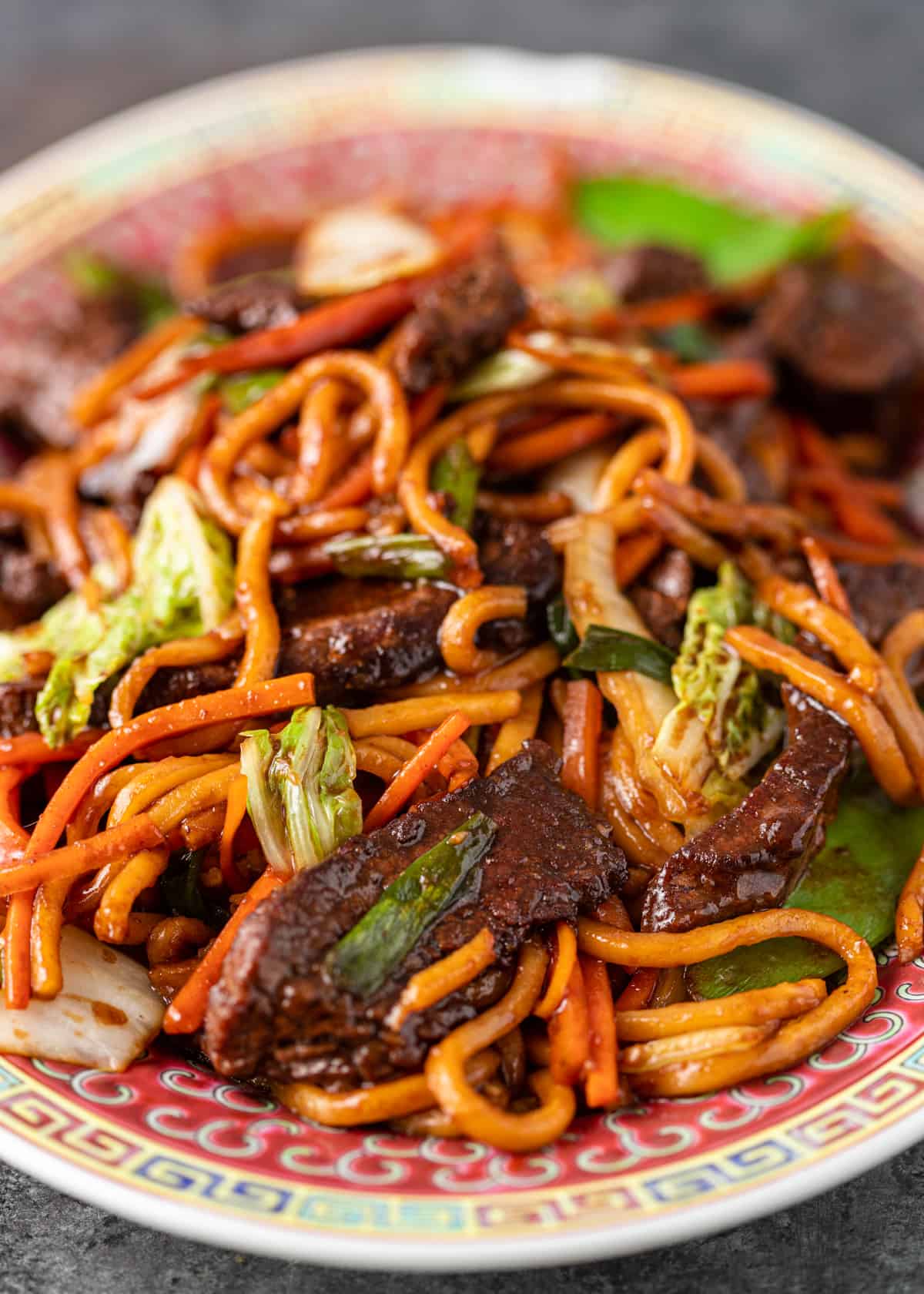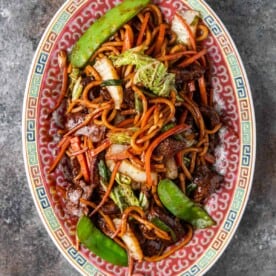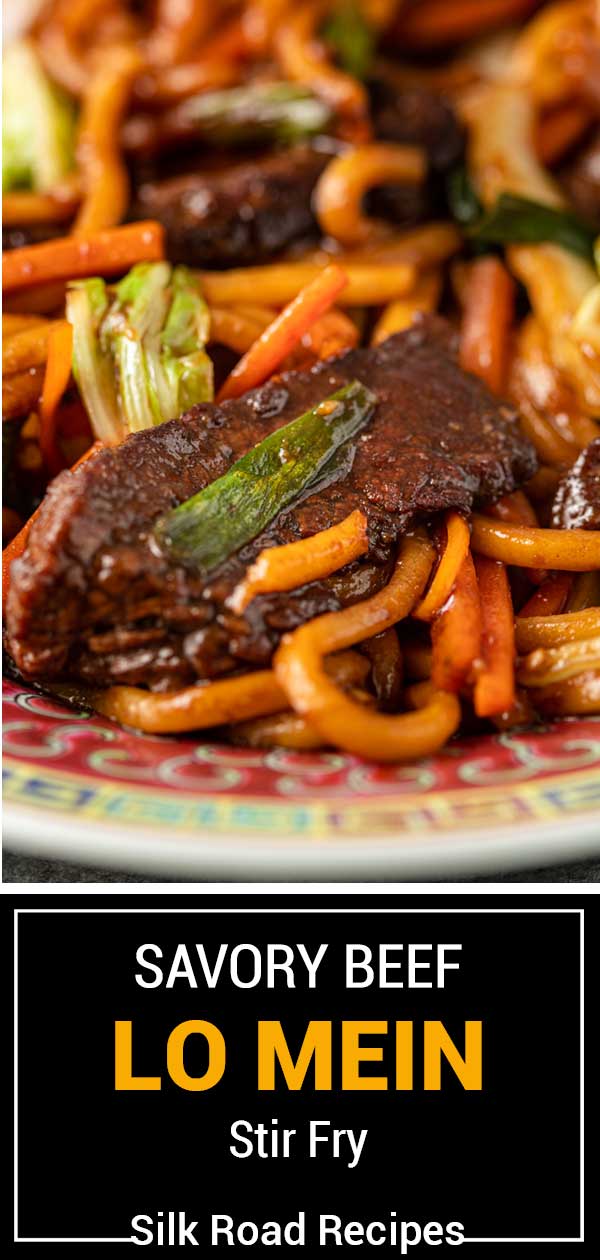published Nov 21, 2022 Asian cuisine is one of my favorites that the Silk Road has to offer. Chinese recipes such as Szechuan Pork and Eggplant Stir Fry, Chinese Curry Beef Stir Fry, and Saucy Chinese Five Spice Ribs offer exceptional flavor profiles with spicy, savory, sweet, and umami all in harmony. Today’s recipe is a quick and easy way to get acquainted with Chinese cooking. I hope you’ll feel as inspired as I do by this rich culinary tradition. If you are looking for more Chinese noodle dishes, go ahead and try out my Pork Ramen with Sweet and Spicy Meatballs.
INGREDIENT NOTES AND SUBSTITUTIONS
Steak – Flank steak sliced across grain into ¼ inch pieces is best. Skirt steak is also acceptable. Wine – Shaoxing wine has a complex and sweet flavor that is vinegary, spicy, and caramel-like. Check your local Asian market or international aisle at the grocery store. You can also substitute dry sherry.Soy Sauce – This recipe calls for both light and dark soy sauce. Dark soy sauce is richer, bolder, and sweeter, while light is saltier. Cornstarch – Creates a light coating that prevents the beef from overcooking while keeping it tender. Green Onions – Add a fresh, peppery kick. Scallions or chives work great as well. Vegetables – Snow peas, carrots, and cabbage add freshness and crunch. Feel free to add your favorite vegetables. Lo Mein Noodles – Lo mein egg noodles are best, but rice noodles or even spaghetti noodles will work in a pinch.Oyster Sauce – Sweet, salty, savory umami flavor. Check your international foods aisle for this one. Sugar – Adds a touch of sweetness.Oil – Sesame oil adds delicate nuttiness. Choose an oil with a high smoke point for stir frying, such as avocado or peanut oil.Garlic – Adds a pungent, spicy kick.
HOW TO MAKE BEEF LO MEIN
- Marinate Beef. Place sliced beef, Shaoxing wine, a teaspoon of dark soy sauce, and cornstarch in a bowl to marinate and set aside.
- Make Sauce. Combine all sauce ingredients in a small bowl. Mix well and set aside.
- Chop Onions. Trim and separate green tops from white, cutting both parts into one inch pieces and placing in different bowls.
- Trim Cabbage Leaves. Remove the hard stem from the tender leaves by making a V-shaped cut from the center of the stem on both sides down to the end of the stem. Remove the white stem and chop into ½ inch pieces. Cut leaves into bite-sized pieces and add to the bowl with the green onion tops.
- Prepare Other Vegetables. On each end of the snow peas, pinch and remove the string. Slice the carrot lengthwise, then into matchstick pieces.
- Boil Noodles. Use a large pot to bring water to a boil. Following the package instructions, boil the fresh noodles. Drain, toss, and sprinkle noodles with a teaspoon of sesame oil to prevent sticking.
- Sear the Beef. Heat 2 tablespoons of oil to a large skillet or wok and place over medium high heat. Working in 2 batches, sear the meat for one minute on each side, remove from the pan, and set aside.
- Stir Fry Vegetables. Add the rest of the cooking oil to the pan and cook the garlic for 30 seconds. Next, add in the carrots, snow peas, cabbage stems, and white onion parts to the pan, quickly tossing and cooking for 3 minutes.
- Add the Noodles. Transfer the drained noodles to the pan before saturating everything with the sauce mixture. Quickly toss to heat and coat the noodles.
- Add Remaining Ingredients. Toss in the beef, green onion tops, and cabbage leaves. Toss until the cabbage leaves begin to wilt. Serve and enjoy immediately.
What is the Difference Between Beef Lo Mein and Beef Chow Mein?
The main difference between lo mein and chow mein is the way the noodles are prepared. In beef lo mein, the noodles are completely cooked and drained before being added to the wok. In chow mein, the noodles are simply soaked prior to being added to the hot wok. The resulting noodles are crispier and are the central focus of the dish.
What is Beef Lo Mein Made Of?
Lo mein consists of noodles, a protein (beef in this recipe), vegetables, and a sweet and savory sauce. This recipe is a fantastic place to start, but don’t feel like you have to stop here! Feel free to substitute chicken, pork, or tofu in place of the beef and go ahead and add your favorite vegetables to the mix.
What is the Difference Between Spaghetti Noodles and Lo Mein Noodles?
Lo mein noodles contain eggs whereas regular spaghetti noodles do not. If all you have available is regular spaghetti noodles, try boiling your noodles with a small amount of baking soda. The change in the pH will give the spaghetti a texture more similar to lo mein noodles.
